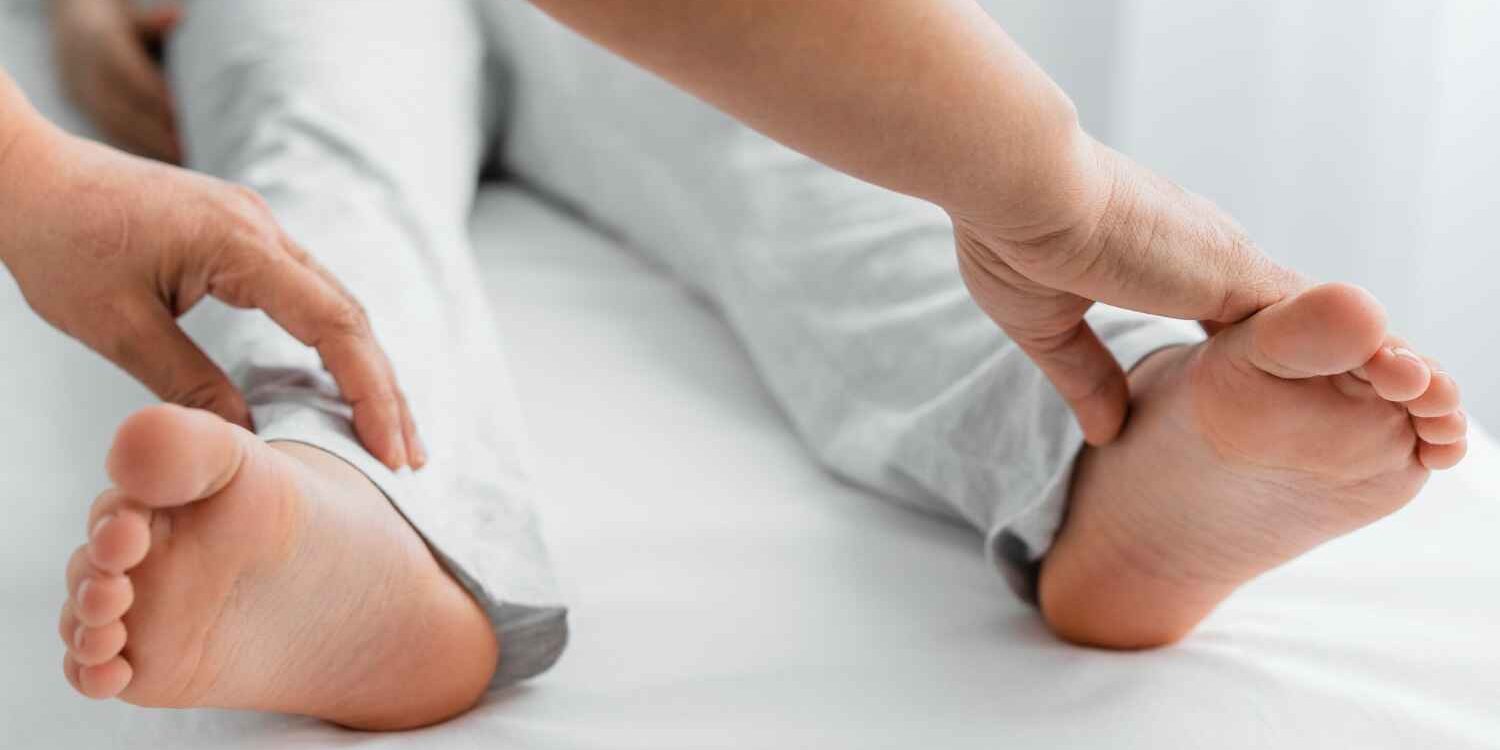Plantar warts can be a real nuisance. These small, rough growths usually appear on the soles of your feet, causing discomfort and pain. This comprehensive guide will explore everything you need to know about treating plantar warts using simple and easy-to-understand language. Whether you’re currently dealing with a plantar wart or want to be prepared, this guide covers you.
What Are Plantar Warts?
Plantar warts are caused by the human papillomavirus (HPV). This virus infects the top layer of the skin, usually through tiny cuts or breaks. Because they often develop on the weight-bearing parts of the foot, such as the heel or ball, plantar warts tend to grow inward, making walking and standing painful.
How Do You Get Plantar Warts?
Plantar warts are highly contagious and can be picked up in various ways:
- Walking barefoot in public places like swimming pools, locker rooms, and showers.
- Direct contact with a wart on someone else’s foot.
- Sharing shoes or socks with someone who has a wart.
The virus thrives in warm, moist environments, so public pools and gym showers are familiar sources of infection.
What Do Plantar Warts Look Like?
Plantar warts have some distinct features:
- A rough, grainy surface.
- Small black dots on the surface (these are tiny, clotted blood vessels).
- Pain or tenderness when standing or walking.
- A thickened skin area that feels different from the surrounding skin.
Who Is at Risk?
Anyone can get plantar warts, but certain factors increase your risk:
- Walking barefoot in public areas.
- Having cuts or scrapes on your feet.
- A weakened immune system.
- Children and teenagers are more susceptible.
How to Treat Plantar Warts
Now that you understand plantar warts and how you get them, let’s dive into the various treatment methods. From over-the-counter treatments to professional medical procedures, many options exist.
Over-the-Counter Treatments
Salicylic Acid
One of the most common treatments for plantar warts is salicylic acid. This acid works by peeling away the infected skin. You can find salicylic acid in various forms, such as gels, liquids, and adhesive pads. Here’s how to use it:
- Soak your foot in warm water for about 10 minutes to soften the skin.
- Apply the salicylic acid to the wart according to the product instructions.
- Cover the area with a bandage to keep it protected.
- Repeat the process daily until the wart is gone. This can take several weeks.
Freezing Sprays
Another popular option is over-the-counter freezing sprays, which contain a mixture of dimethyl ether and propane. These sprays freeze the wart, causing it to fall off eventually. Here’s how to use a freezing spray:
- Follow the product instructions to apply the spray to the wart.
- Repeat the treatment after a couple of weeks if the wart doesn’t fall off after the first application.
Home Remedies

If you prefer natural methods, several home remedies might help. While these aren’t guaranteed to work for everyone, they are worth trying.
Duct Tape
Duct tape is an unconventional but popular home remedy for plantar warts. The theory is that duct tape can suffocate the wart. Here’s how to use duct tape:
- Cut a small piece of duct tape and place it directly over the wart.
- Leave the tape on for six days.
- Remove the tape, soak the area in warm water, and gently scrape away the dead skin with a pumice stone or emery board.
- Repeat the process until the wart is gone.
Apple Cider Vinegar
Apple cider vinegar is another common home remedy. Its acidic nature can help kill the virus and remove the wart. Here’s how to use apple cider vinegar:
- Soak a cotton ball in apple cider vinegar.
- Apply the cotton ball to the wart and secure it with a bandage.
- Leave it on overnight and remove it in the morning.
- Repeat nightly until the wart is gone.
Professional Treatments
If over-the-counter treatments and home remedies don’t work, it might be time to see a healthcare professional for more intensive treatment options. These professional treatments, such as cryotherapy, laser treatment, and minor surgery, are highly effective and can provide the relief you need.
Cryotherapy
Cryotherapy involves a doctor using liquid nitrogen to freeze the wart. This method is more effective than over-the-counter freezing sprays and usually requires several treatments. While the freezing process can be painful, it is generally very effective.
Laser Treatment
Laser treatment uses a high-energy laser to destroy the wart tissue. This method is typically reserved for stubborn warts that haven’t responded to other treatments. Laser treatment can be expensive but highly effective and often requires only one session.
Minor Surgery
Sometimes, a doctor may recommend minor surgery to remove the wart. This involves numbing the area and cutting out the wart with a scalpel. Surgery is usually a last resort due to the risk of scarring and infection, but it can be very effective for persistent warts.
Preventing Plantar Warts
Once you’ve successfully treated your plantar wart, preventing getting another one is essential. Here are some tips to keep your feet wart-free:
- Wear flip-flops or shower shoes in public places like locker rooms, pools, and showers.
- Keep your feet clean and dry.
- Avoid sharing shoes or socks with others.
- Treat any cuts or abrasions on your feet promptly.
Take Action Now: Say Goodbye to Plantar Warts and Step Comfortably Again!
Plantar warts can be frustrating, but with the right approach, you can eliminate them and keep your feet healthy. Whether you try over-the-counter treatments, home remedies, or professional care, patience and consistency are key to successful results. Taking preventive measures can also help reduce the risk of future warts, keeping your feet comfortable and healthy.
For personalized treatment, Abacoa Podiatry & Leg Vein Center offers expert guidance and solutions to help you step comfortably again. If you have questions or need support, don’t hesitate to contact us—our team is ready to assist you.


